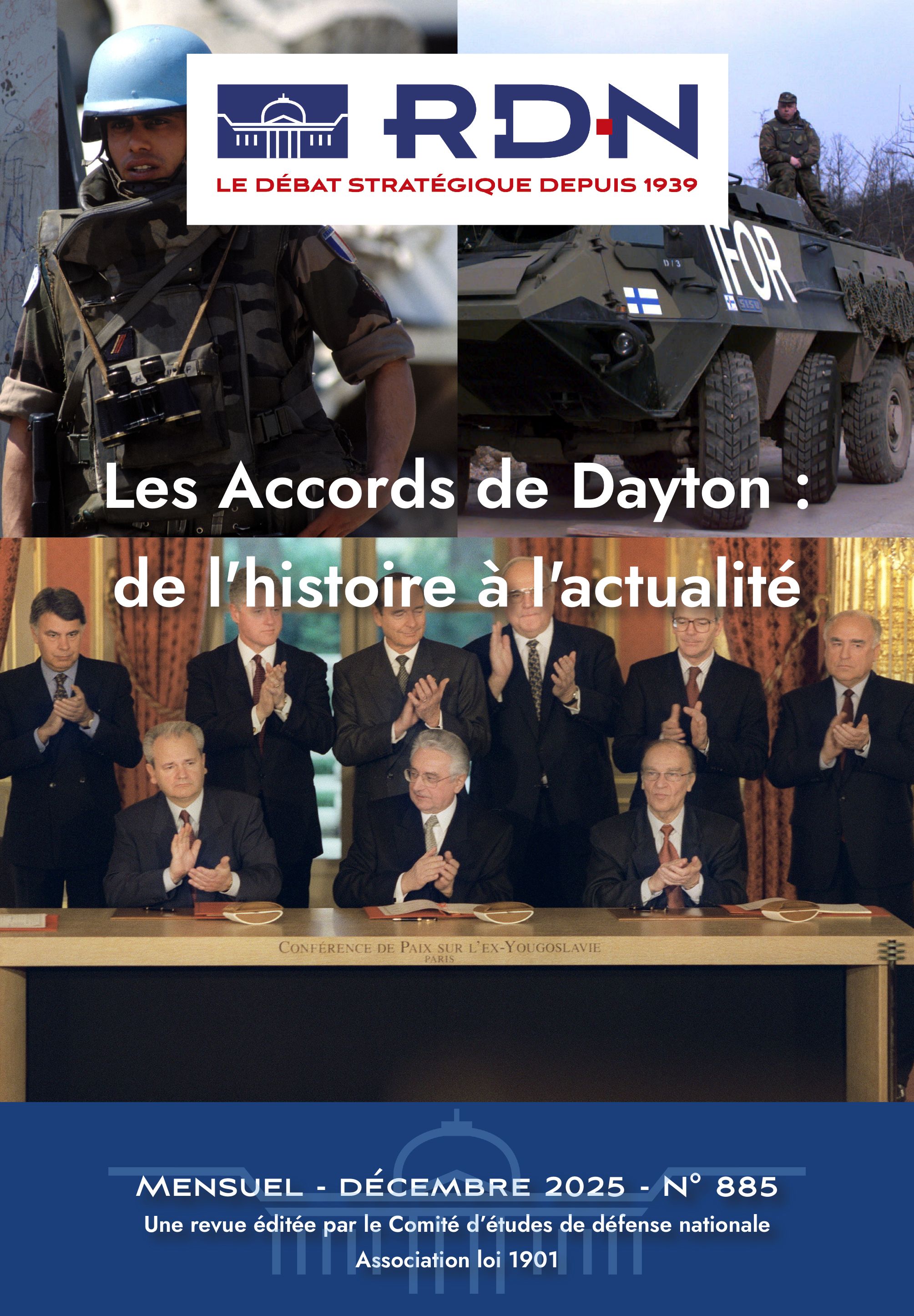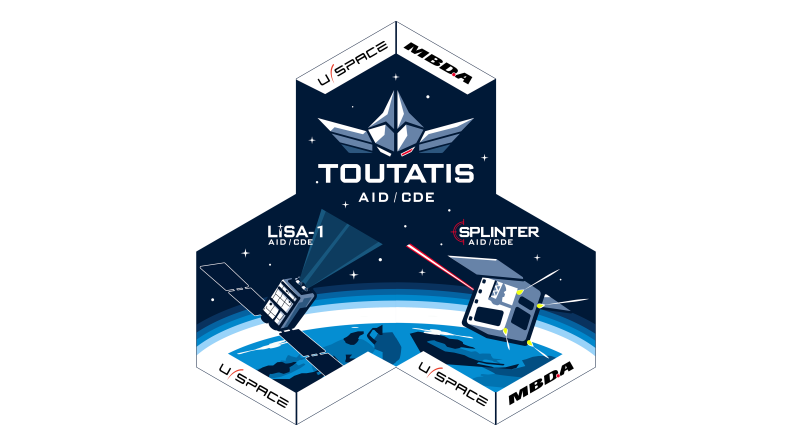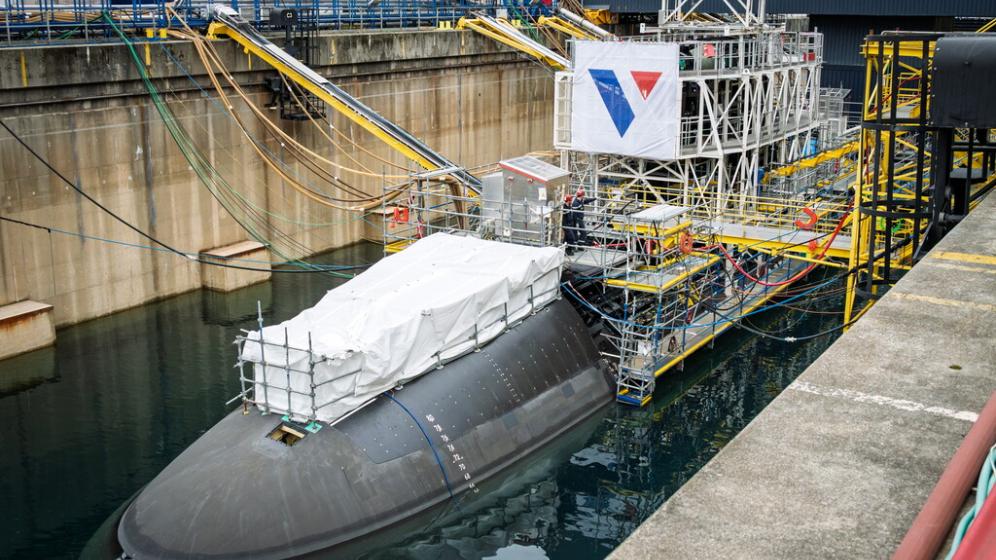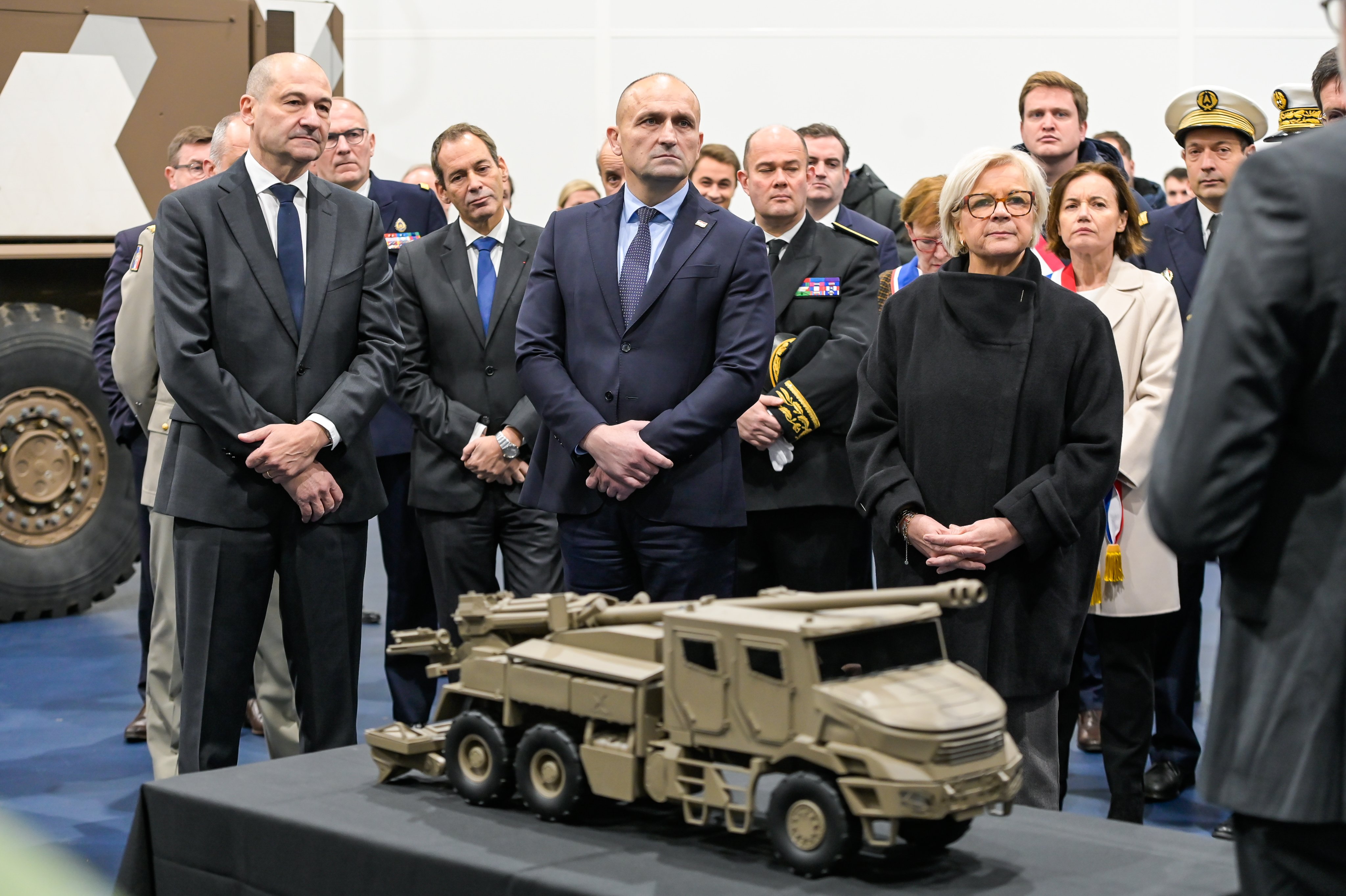To keep the initiative on the ground and full control of threats when it is on operations, the Air Force is attempting to reduce its vulnerabilities and strengthen its modes of action. It has transformed the centre of military air experience into an incubator of new ideas and innovative projects in order to offer forces the capabilities they require.
The CEAM, an Incubator of Innovative Projects
In order to keep the initiative on the ground and to be in full command of the threats when engaged on operations, the Air Force takes pains to reduce its own vulnerabilities and seeks to strengthen its modes of action and, with no limits set on imagination, to develop new ones. To this end, the Air Force has developed a capability unique in the field that favours the growth of new tactical thought processes and allows numerous projects of great operational value to be put into effect.
The conversion of the centre for military air expertise (Centre d’expertise aérienne militaire, CEAM) into the Air Warfare Center (AWC), and the many related initiatives have led to a profusion of ideas in tactical thought and the identification of operating modes that differentiate them. More than that, the effective management of numerous innovative projects guarantees that, in the end, forces will receive the capabilities that they need. Today the Air Force is benefiting from the highly successful transformation of the CEAM, which has developed from an incubator of ideas to one of innovative projects.
The CEAM, a modern and singular approach
Conscious of the compartmentalisation of the different systems used by forces, the CEAM decided to bring together in one place and in a short space of time a range of tactical operators, each possessing excellent knowledge of his respective field of expertise. This modern and singular approach, when compared with foreign AWCs, favours the sharing of cultures and encourages the identification of operating modes that are at once cunning and robust.
The CEAM made a positive decision to encourage informal feedback from those on the ground and is achieving great benefit from this environment of inter-specialisation in order to promote lateral thinking—the aim being to draw the best from each specialisation in the Air Force’s front line. Since 2015 the CEAM has also been shaping various tactical reference points for the forces in order that internal work can be disseminated via a network that is robust yet unfettered by compartmentalisation, thus allowing each to contribute to enriching tactical thought and to share any information judged relevant even if unpalatable.
The CEAM, a real battle laboratory for the Air Force
Ideas, however brilliant they might be, have to be tested, evaluated and experimented in an operational environment in order to verify their relevance. To do this the CEAM has improved its own capabilities for battle lab modelling and can thus efficiently progress consideration of doctrine, modes of action and specification of equipment. Thus equipped, all feedback can be used to determine ways of improvement in the face of problems encountered on the ground: should we, for example, be thinking of modifying our modes of action or our Tactics Technics and Procedures (TTP), or indeed, of some future programming solution?
If changes to modes of action or TTPs are needed, the CEAM is there to analyse the difficulties encountered by aviators in the conduct of their missions, particularly in external operations, in order to identify trends and to lead consideration of current and future operational environments. With its battle lab, the CEAM is giving a boost to aviators’ culture and effectiveness, taking into account and evaluating new modes of action within the framework of the exercises in which the AWC participates either in contributing to the definition of training objectives or as organiser and assessor-referee.
To give an example, during the last exercise that put all the conventional air forces into action, and on the request of the Air forces command (Commandement des forces aériennes, CFA), the CEAM put the emphasis on training in a hostile electromagnetic environment—that is, one without access to GPS and with radio jamming. The crews confronted with such heavy constraints were forced to rethink their habitual modes of action and from that drew new tactical lessons.
In order to set in place the fundamentals of future modes of action, or those that will be accessible in the near future, and benefiting from the presence of technical experts and personnel in charge of doctrinal issues, the CEAM is piloting work which highlights and explains the potential and optimal use of an item of equipment even before it enters service. Such doctrinal reflection is aimed at guiding the principal operational capabilities of new systems with potential joint force consequences. It will broaden the options of commanders by bringing them new capabilities in the same way that it will inform operators in the battlefield on the way to employ them.
The CEAM generates ideas and creates projects
Again, however innovative and pertinent ideas might be, they are worth nothing if they cannot be converted into tangible projects. There too the CEAM is favouring decompartmentalisation and has not shirked from looking to others for guidance on converting operational problems into viable projects. In doing so, the CEAM encourages and practises a permanent dialogue with its state and industrial partners which allows, among other things, early consolidation of identification of a need, feasibility, financial backing and all else that is necessary to see a project through to successful conclusion.
The CEAM, or how to think differently
During discussions with defence industries, it is unsurprising that their leitmotif of ‘innovate to survive economically’ often surfaces. Which is, of course, why those industries propose innovations based on sound technological foundations.
Conscious of this situation, the AWC has come up with new challenges with regard to innovation. But we need to be careful here, since innovation in the CEAM does not mean that any and all technology will do.(1) More pertinently, it relates to thinking differently and potentially to combining effects without ever losing sight of the economic aspect.
That is why the CEAM has established its own research section which, in close liaison with the forces, is capable of responding rapidly to a number of needs as they arise. It can design a demonstrator that can be put into a realistic operational environment, after which a formal requirement can be formulated to express the need for a future military capability. Exceptionally, in response to an urgent operational requirement, the CEAM can produce a small number of items in a short space of time.
The CEAM: new working methods
In its constant search for improved working methods, the AWC has selected some thirty operational problems seen as viable from over fifty that have been directly fed back from the front line and from the CEAM. Each of them has its dedicated head of project! The mission of each of these thirty ‘innovators’ is not to produce the solution alone, but is to surround himself with the best-informed people in such a manner as to resolve the problem. For example, the centre for expertise on nuclear safety and nuclear, radiological, biological and chemical defence (Centre d’expertise Sécurité nucléaire et Nucléaire radiologique biologique chimique, CE SN-NRBC) raised the issue of evacuation of nationals infected with the Ebola virus. The centre of expertise was able to estimate a budget sufficient to allow working with a single outside service provider able to provide the appropriate solution. Reflecting the CEAM’s working style, the CE SN-NRBC operated in a flexible and economical manner by calling upon those in the know, while managing the project from start to finish.
The CEAM, precise criteria to follow…
The CEAM does not have the resources to undertake costly technological design projects, which is why it has imposed a number of fundamental evaluation criteria on itself along the lines of the DORESE approach.(2) First of all, a project is judged viable when there is a notion of urgent need from the point of view of the end user. Then, human resources have to be taken into account in order to support the project in the longer term, especially if it concerns an Air Warfare Center that has a small number of staff when compared with its foreign equivalents. In fact, the thirty projects are directly integrated into the CEAM’s overall workload. Lastly the budget—the force behind any war—is studied and allocated to be adequate to the needs of each project.
For its part, the Air Staff maintains vigilance that all energies expended are truly warranted, so all problems are passed up to the Staff, who go through them with a fine-toothed comb. Some are known and may already be the subject of needs requirements: in such cases it is the task of the project head to find the best way to resolve the problem. It is for the director of the CEAM to seek financial and legal support and if deemed necessary seek help from industry for research.
Apart from the requirement to apply the DORESE approach, the CEAM innovator is not constrained at all and has full latitude to reconsider his thought processes, his fields of action and to change those who are collaborating with him on the work. The main focus has to be on the problem posed by the forces and not on the search for some technological solution.
To help him achieve all this, a system of markers and checks has been set up. Every six months, up to a maximum of two years, the head of project gives a progress report to the director of the CEAM, a process during which the viability of the project is evaluated. In order to respond as quickly as possible to the needs of the forces the project has to be achievable within a defined time constraint with the best overall approach to the cost of procurement of capabilities.
The CEAM, a state of mind
The role of the AWC has been considerably enhanced with respect to the missions the CEAM had in its original guise, and its range of interest has been broadened.
The groups composed of the various specialisations are designed to favour careful consideration and the production of new ideas. As the Air Force’s battle lab, the CEAM can draw on appropriate tactical think tanks made up of experts from different fields, and can also look to the standard tactical procedures of operational units. In this way, operational problems are approached though innovative methods—in short, thinking out of the box is the standard modus operandi.
In conclusion, wherever weak points are discovered, experts seek and find options for adaptation, where possible by better exploitation of materiel already in service in the forces. In order to be more effective together, and with the aim always for operational superiority, the development of methods that cut across the cultures to benefit from the different specialisations of the Air Force is today essential for the CEAM. ♦
(1) Note that the OCDE’s Oslo Manual (3rd edition, 2005) defines innovation as ‘the implementation of a new or significantly improved product (good or service), or process, a new marketing method, or a new organisational method in business practices, workplace organisation or external relations’.
(2) The French acronym DORESE refers to Doctrine, Organisation, Ressources humaines, Équipements, Soutien et Entraînement (doctrine, organisation, human resources, equipment, support and training), which are the constituent bricks of military capability. Applying this method of analysis, some 50 per cent of all projects are still-born.







